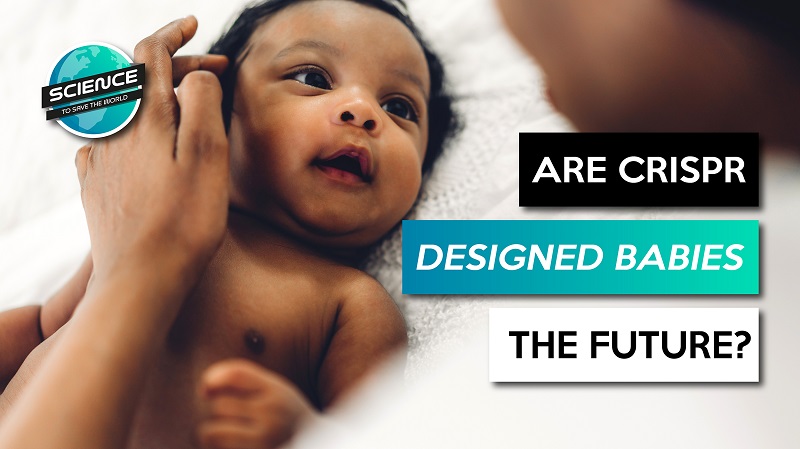
Designer Babies: A Brave New World of Genetic Engineering
Introduction
The advent of genetic engineering has ushered in an era of unprecedented possibilities for shaping human traits and characteristics. One of the most controversial and ethically charged applications of this technology is the creation of "designer babies" – children whose genetic makeup is meticulously engineered to meet specific parental preferences. While this concept holds the promise of eliminating genetic diseases and enhancing desirable traits, it also raises profound questions about the nature of human identity, the role of parental choice, and the potential for social inequality.
The Science of Designer Babies
Designer babies are created through a process known as preimplantation genetic diagnosis (PGD). This technique involves fertilizing eggs in vitro and then testing the resulting embryos for specific genetic traits. Embryos that carry desired traits are then implanted into the mother’s uterus, while those with undesirable traits are discarded.
PGD has been used for decades to prevent the transmission of genetic diseases such as cystic fibrosis and sickle cell anemia. However, the technology has recently been expanded to include the selection of non-medical traits, such as eye color, height, and intelligence.
Ethical Concerns
The creation of designer babies raises a host of ethical concerns. One of the most fundamental is the question of whether it is morally acceptable to alter the genetic makeup of a child. Critics argue that this practice violates the child’s right to an open future and undermines the concept of human diversity.
Another ethical concern is the potential for designer babies to exacerbate social inequality. If only wealthy parents can afford to select for desirable traits, it could lead to a society where the rich have a genetic advantage over the poor. This could perpetuate existing social hierarchies and limit opportunities for those from disadvantaged backgrounds.
Parental Choice and Autonomy
Proponents of designer babies argue that parents have the right to make decisions about their children’s genetic makeup. They maintain that parents should be able to choose traits that will give their children the best possible start in life.
However, critics argue that parental choice should not extend to altering a child’s fundamental characteristics. They believe that parents should focus on providing a loving and supportive environment for their children, rather than trying to control their genetic destiny.
The Future of Designer Babies
The technology of designer babies is still in its early stages, but it is rapidly advancing. As the science continues to improve, it is likely that the range of traits that can be selected for will expand. This could lead to a future where parents have an unprecedented level of control over their children’s genetic makeup.
The ethical implications of designer babies are complex and far-reaching. It is essential to engage in a thoughtful and informed public dialogue about the potential benefits and risks of this technology before it becomes widely available.
Potential Benefits of Designer Babies
- Elimination of genetic diseases: Designer babies could be used to eliminate genetic diseases such as cystic fibrosis, sickle cell anemia, and Huntington’s disease. This would have a profound impact on the lives of millions of people and their families.
- Enhancement of desirable traits: Designer babies could also be used to enhance desirable traits such as intelligence, athleticism, and musical ability. This could lead to a more productive and fulfilling society.
- Personalized medicine: Designer babies could be tailored to have specific genetic profiles that make them more responsive to certain medical treatments. This could improve the effectiveness of healthcare and reduce the risk of adverse side effects.
Potential Risks of Designer Babies
- Unintended consequences: Altering the genetic makeup of a child could have unintended consequences that are not fully understood. For example, it is possible that selecting for certain traits could increase the risk of other genetic disorders.
- Social inequality: Designer babies could exacerbate social inequality by giving wealthy parents a genetic advantage over poor parents. This could lead to a society where the rich have a monopoly on desirable traits.
- Loss of human diversity: Designer babies could reduce human diversity by selecting for a narrow range of traits. This could make society less resilient to environmental changes and limit the potential for future innovation.
Conclusion
The creation of designer babies is a complex and controversial issue with both potential benefits and risks. It is essential to engage in a thoughtful and informed public dialogue about the ethical implications of this technology before it becomes widely available.
Ultimately, the decision of whether or not to create designer babies is a personal one. However, it is important to be aware of the potential benefits and risks involved before making this decision.
